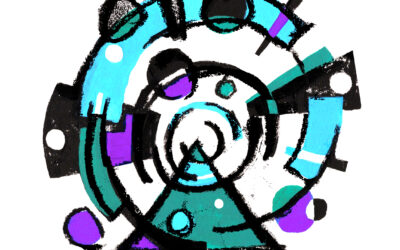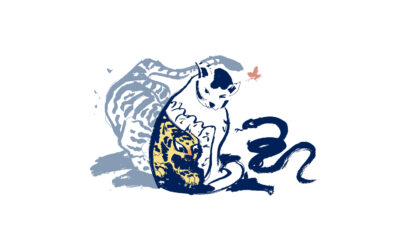Standing before the magazine rack of a kombini , any foreigner would marvel at the sheer number of titles catering to every interest. Some, like Classy, have hundreds of thousands of readers; others, like Oggi, will be more niche.
But what is even more remarkable is something not immediately obvious: the power that all these magazines exert. They centre their readers within a fully curated set of conventions that extends far beyond their pages.
To stretch out your hand for a particular publication is not casually to follow a trend, but to engage in a highly nuanced purchase. You are buying into a complex but off the shelf (pun intended) lifestyle world or kei (系); and you will model yourself according to its tenets.
The closest to this outside of Japan are subcultures such as Goth, which also have a set canon of sanctioned consumption choices – but most Western consumers would actively strive not to be pigeonholed so easily. What makes Japan unique is that strictly curating one’s lifestyle is not happening on society’s fringes, but in the mainstream: many consumers fall into one of the many kei’s. What is more, they can immediately categorise each other at first glance, easily noting a gyaru (from girlish) or yancha (from rascal) as they pass by.
kirei-kei and natural-kei
Let’s suppose you see a woman walking into Daikanyama’s Tenoha & Style store, dressed in a loose Muji linen shirt and a billowing earth tone skirt, with matt makeup and ‘natural’ hair, and carrying a tote bag. She must be a natural-kei: and now you pretty much know her favourite singers, magazines, cosmetics and clothes brands, as well as idols and ideals that she aspires to, and where she spends her days off. These are all the markers of belonging to a select kei.
Or take the latest December issue of &Premium, a key magazine for kirei-kei and natural-kei, that looks at the concept of elegance in an astounding 360° exercise: defining it, introducing people (Setsuko Hara), clothes (mizuiro ind), and products (Fritz Hansen) that express an elegant lifestyle, explain how you can walk elegantly, how you can wear your hair, what brands fit into this lifestyle world (such as Margaret Howell) – the complete lifestyle persona ready and pre-packed for you.
In contrast, as a gyaru, Mayu Koseta from the popular reality show Terrace House will read Jelly or Glitter, consider TV personality and model Hana Imai a standard-bearer, wear moussy and Egoist clothes, use MAC and Addiction makeup, and be on the prowl for new products in Shibuya 109 or Studio Alta. (All of which her Instagram confirms.)
The website magazine-data.com lists twenty kei’s for women, and almost as many for men: often overlapping, always changing, some dying out. They are a treasure trove for understanding better how so many Japanese people create their outward personas and form their consumption preferences.
So next time you are in Tsutaya, choose carefully. Skimming through a magazine here will make people think they have you down: “Tell me what you read, and I’ll tell you what you buy”.



